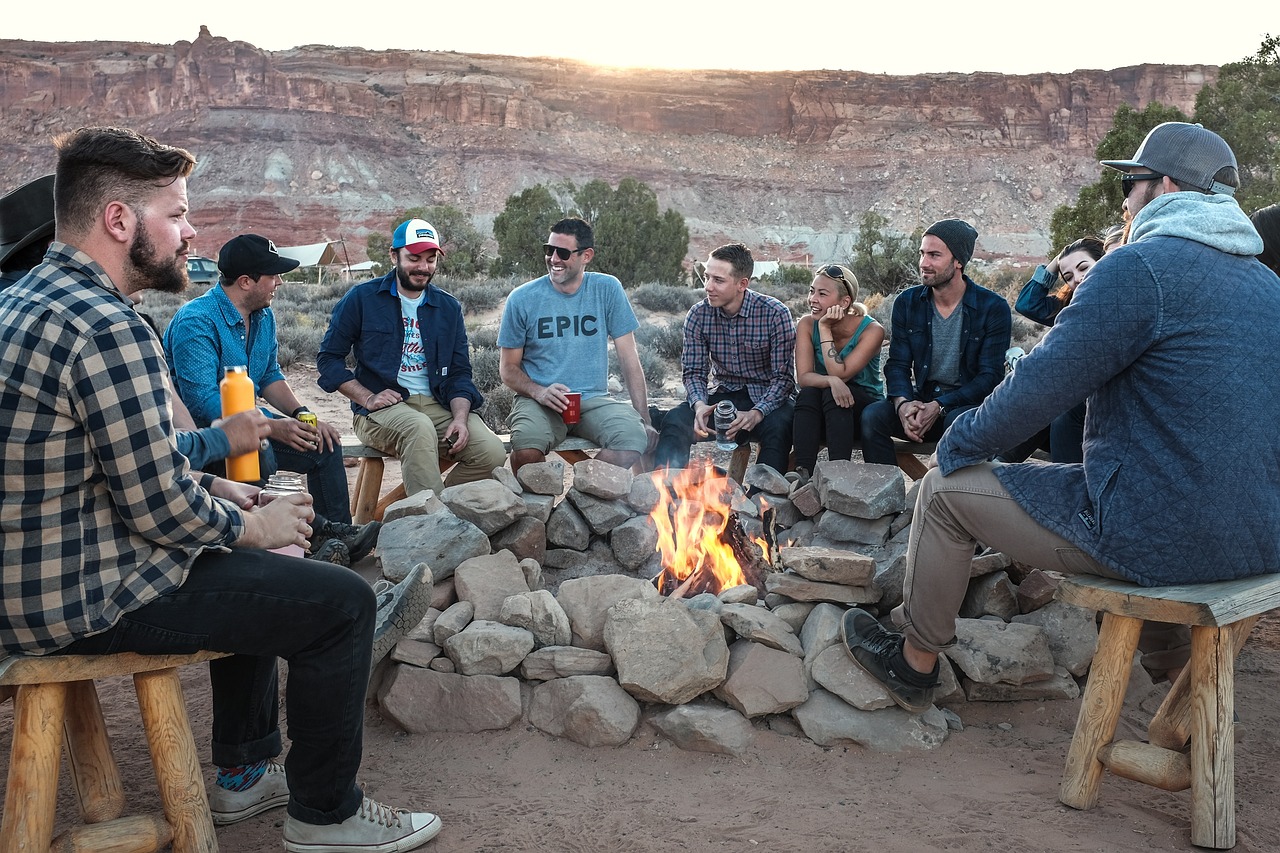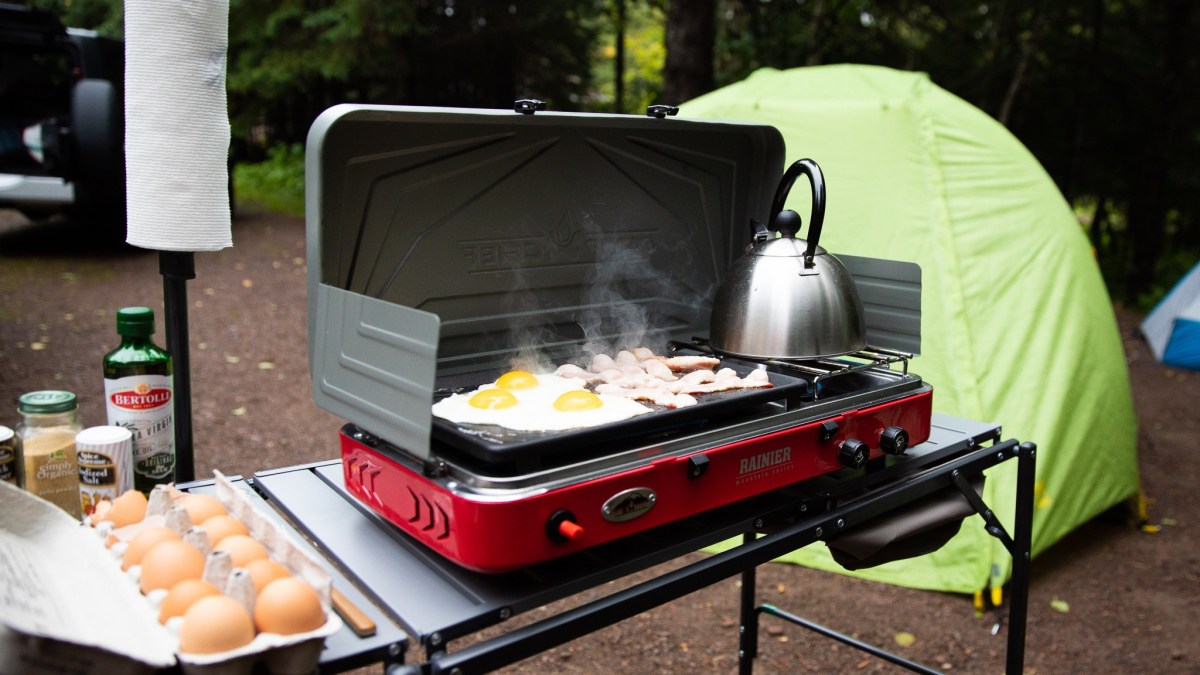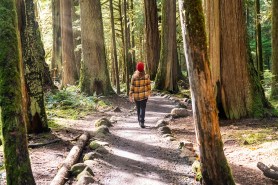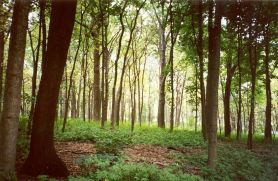

When cooking food over a campfire it’s important to do so in a way that respects (and protects) the environment. Here are some solid eco-friendly campfire guidelines to follow:
Videos by Outdoors with Bear Grylls
Choose the Right Spot: Always use established fire rings or pits if they’re available. If not, choose a spot that’s at least 200 feet away from water sources, trails, and campsites. Look for a flat, open area without overhanging branches or dry grass that could catch fire.
Limit the Size of Your Fire: A small campfire is sufficient for cooking. Avoid using large logs, big flames or having your fire run too long.
Use Only Dead Wood: Collect small sticks and twigs that can be broken by hand. Never cut branches off living trees. In some areas, it’s required that you bring your own wood to prevent the depletion of natural resources (even then you need to be careful about bringing in invasive bug species in your external wood). Many parks and wilderness areas have restrictions on collecting and packing wood, so make sure to check the local regulations. Another option to think about is eco-friendly logs for campfires.

Use a Camp Stove When Possible: A lightweight, portable camp stove has less impact on the environment than a campfire. It’s also more efficient for cooking and can be used regardless of fire restrictions.
Extinguish Your Fire Properly: Before leaving your campsite or going to sleep, make sure your fire is completely out. Douse it with water, stir the ashes, and douse it again. The ashes should be cool to the touch.
Leave No Trace: Don’t throw all your trash and food scraps into the fire – pack them out from your campsite. And if you’re thinking about an eco-friendly campfire, it’s probably a great time to review the Leave No Trace principles.
Respect Restrictions: Fire bans are important to prevent wildfires, which have been gaining in frequency and impact, so always check the local regulations and respect any fire bans or restrictions.









